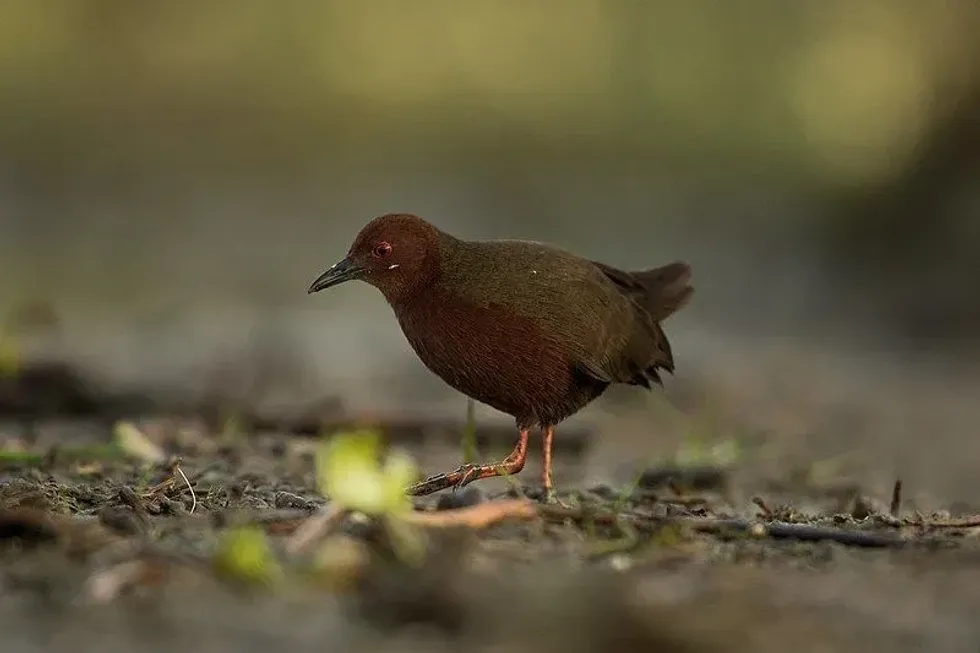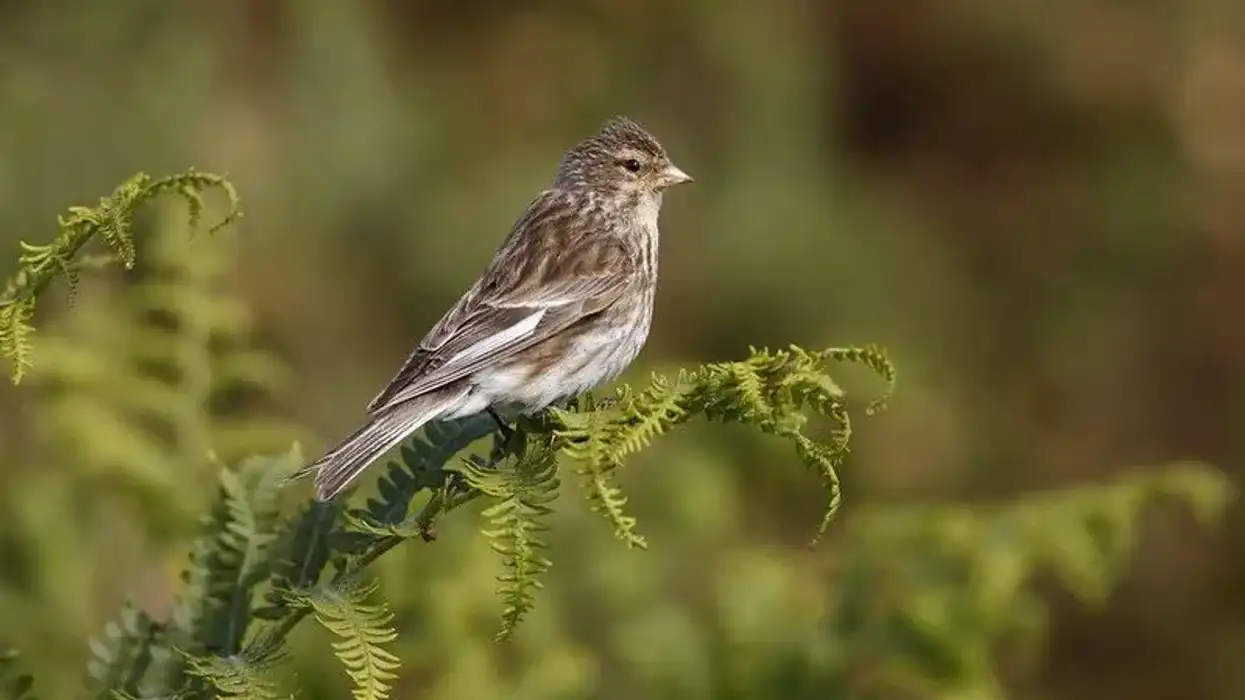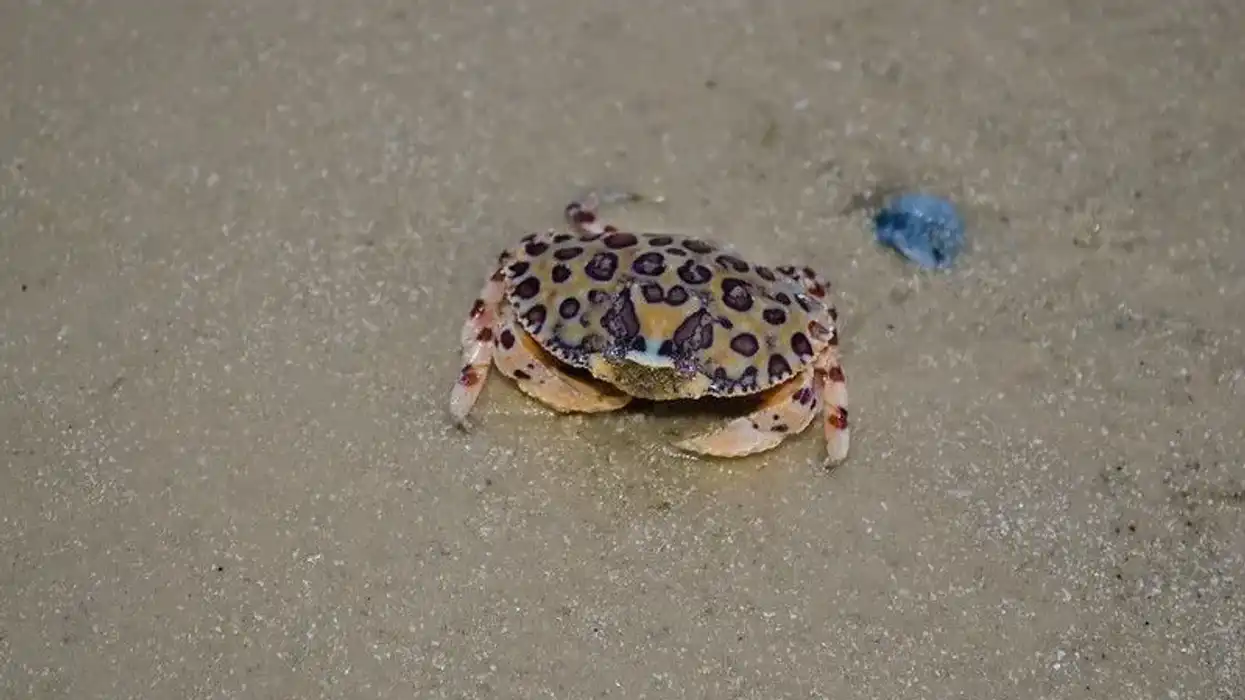The ruddy crake (Laterallus ruber) is a species authorized under Sclater and Salvin in 1860. It is one of the birds of the world found in North and Central America from the south of Mexico to Costa Rica.
The native habitat of this species is recorded to be marsh and wetlands. The populations of this bird are known for their calm and sweet behavior.
The species is also found on the Indian subcontinent and across the world is also known as Rallus fuscus linnaeus. The bird is also known as a rudy rail, red rail, and red crake.
The bird has a bright chestnut-colored body, gray head, wings, and tail with a dark shade of brown. It has a small length, similar to a sparrow. These birds are recorded to have a black-colored bill, eyes with red-colored iris, and olive green-colored legs and feet.
If the uniqueness of the ruddy crake makes you interested to read more about similar species, you can read about cockatoo facts and Amazon parrot facts.
Ruddy Crake Interesting Facts
What type of animal is a ruddy crake?
The ruddy crake (Laterallus ruber) is a species of waterbird found in northern and Central America. The ruddy-breasted crake with the scientific name Zapornia fusca is a waterbird and a species of ruddy crake found in the Indian subcontinent. Both birds belong to the order Gruiformes, family Rallidae.
What class of animal does a ruddy crake belong to?
It is one of the species of birds of the world from the crake and rail family of Rallidae. It belongs to the kingdom of Animalia and phylum Chordata.
How many ruddy crakes are there in the world?
While an initiative was taken up by the Partners in Flight organization to search and estimate the number in this species, the search highlighted that their populations make up less than 50,000 individuals. The population trend of these birds of the world is under threat due to habitat loss that is mainly caused by deforestation.
Where does a ruddy crake live?
This species, one of the birds of the world, is found around fields, marshes, and swamps of North and Central America including south of Mexico to northwest Costa Rica. Its geographic distribution varies across the Caribbean, Veracruz East, the Yucatan Peninsula, and Honduras. On the other hand, the ruddy-breasted crake range map (Zapronia fusca) covers the Indian subcontinent.
What is a ruddy crake's habitat?
Gray-colored birds from the phylum Chordata are found around a marsh, wet fields, and swamps. On the other hand, the ruddy-breasted crake habitat is similar to that of a ruddy crake. It is also found around freshwater bodies and marshes across the Indian subcontinent, mainly the south.
Who do ruddy crakes live with?
This species of crake is speculated to live both in flocks and as individuals around marshes. The search highlights that these species also do well with other water birds. Since they prey on invertebrates, the presence of both around the area of their geographic distribution ensures accessibility to food for these species.
How long does a ruddy crake live?
The life span of ruddy crake birds is unknown.
How do they reproduce?
These birds are speculated to breed in the summer season. The research on the reproduction behavior of a ruddy crake is currently unknown.
The species is said to be oviparous in nature with an average litter size of six to 12 eggs per clutch. The eggs hatch after several days. Chicks emerge from the eggs and are taken care of by the male and fed until they take their first flight.
What is their conservation status?
According to the IUCN Red List of Threatened Species, the conservation of a ruddy crake falls under the category of Least Concern and is speculated to be at no risk of becoming extinct.
Ruddy Crake Fun Facts
What do ruddy crakes look like?
This species of crake has a red plumage with dark brown and gray wings. These birds have a short conical bill. The body shape's description resembles a drop of water. The head is black in color, while the back has reddish-brown plumage. The legs and feet are of olive-green color.
How cute are they?
With a size as small as that of a sparrow, a ruddy crake can be considered a cute bird. Black is an attractive color making the bird a pleasant sight to see. They are sure to win every heart with both their pictures and in the real world.
How do they communicate?
There is a lack of information regarding the communication method used by a ruddy crake. They are known to make a loud 'tewk' sound that is speculated to be used to communicate with one another.
How big is a ruddy crake?
A ruddy crake is approximately 5.5-6.5 in (14-16.5 cm) in legnth, which is equivalent to the size of a Savannah sparrow. The bird is double the size of a bee hummingbird, i.e., the smallest bird from the birds of the world.
How fast can a ruddy crake fly?
Like any other rail, a ruddy crake walks quite slowly and runs at a considerable fast speed. However, the flying speed of this bird is yet to be estimated.
How much does a ruddy crake weigh?
The weight of a ruddy crake from the family Rallidae is not known as of now. Comparing its size, the bird is speculated to have negligible weight in comparison to one of the largest birds of the world, i.e., the peregrine falcon.
What are the male and female names of the species?
There are no specific names assigned to hte ruddy crake (Laterallus ruber) with regards to its sex.
What would you call a baby ruddy crake?
There is no specific name assigned to a baby ruddy crake. Like any other bird of the world, a baby can be called a nestling or fledgling.
What do they eat?
The ruddy crake (Laterallus ruber) feeding behavior varies from invertebrates and plants found in and around the freshwater's surface or beneath. Their diet range consists of water snails, water beetles, mosquito larvae, and mayflies in the wetland and fields. The ruddy-breasted crake diet is similar to that of a ruddy crake found in northern and Central America.
Are they poisonous?
After the study and search about the behavior of this species, no evidence has been found that a ruddy crake is poisonous.
Would they make a good pet?
Research shows that a ruddy crake should not be kept as a pet because they are wild birds of the world.
Did you know...
A species of ruddy crake found in the Indian subcontinent is known as the ruddy-breasted crake or Zapornia fusca from the order Gruiformes family. It is also known as Rallus fuscus linnaeus, after the botanist Carl Linnaeus. Both species have many similarities except the range and distribution. Both belong to the family of Rallidae.
Research found that the breeding season of this bird lies in the summer.
The species is authorized under Sclater and Salvin, 1860. Sclater was an English lawyer and zoologist, while Salvin was an English naturalist and ornithologist.
Ruddy means having a healthy red color. A ruddy crake (Laterallus ruber) from the family of Rallidae has a red plumage with a gray-colored body which justifies its apt name.
The ruddy crake's status under the conservation list is considered to be Endangered yet, but the population is said to be under threat from habitat destruction and deforestation. However, it is not at risk of becoming extinct in the near future.
Does a ruddy crake migrate?
Ruddy crake or ruddy breasted crake migration trends highlight that they migrate from the north towards the range of south in winter.
How is a ruddy crake identified?
A ruddy crake, a gray-colored bird, from the family of Rallidae can be identified by its behavior, the range they are found in, and the color of the body. A ruddy crake can be found in habitats in the geographic distribution around the south of Mexico to the east of Costa Rica.
The bird is rarely spotted in dry areas or fields as it prefers wet areas, marshes, and swamps. The body of the bird is colored with chestnut, red and black colors. Its behavior highlights loud 'tewk' calls.
Here at Kidadl, we have carefully created lots of interesting family-friendly animal facts for everyone to discover! Learn more about some other birds from our bobwhite quail facts and brant facts pages.
You can even occupy yourself at home by coloring in one of our free printable Ruddy Crake coloring pages.










